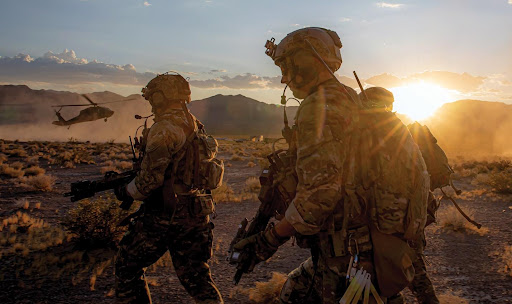The highest priority for each armed service is readiness. Military members must understand the concept of readiness. The ability of forces and capabilities to be prepared for military operations outside of a conflict is an unknown component of structural and operational readiness.
The goal in this level of competition is to have an adequate army prepared without going over budget or carelessly sacrificing present readiness for future readiness.
Readiness for When?
Military experts must specify the schedule for when capabilities must be available for a mission. Having every unit prepared for deployment at a moment’s notice would require excessive resources, strategic lift, or national will. It takes time for reserve and national guard personnel to mobilize.
The answer to this question will help strategists and institutional capability experts decide which skills fit in the reserves and which belong on active duty.
Activities related to mobilization include individual and group training, equipment distribution, administrative and medical preparation, and the advancement of combat platforms. These actions can go on for weeks.
These presumptions guide the decisions behind structural readiness as well as the resources allocated to operational readiness. A larger portion of the force can operate at lower levels of operational readiness when policymakers account for an extended period before a crisis.
Military planners must make assumptions about the timing of strategic warnings and how quickly political leaders will decide to mobilize and utilize the army. An employment after deployment is a terrific resource with crucial knowledge to ease the transition from military to civilian employment.
At any point in one’s career, switching from the military to the private sector is demanding and challenging.
Readiness for What?
This query focuses on the nature of the mission or combat that the military anticipates. It is essential to comprehend probable opponents and scenarios to decide how the military should evaluate the readiness of different units and combat platforms.
Additionally, each service considers the responses to this question to establish priorities for force organization and training. In order to truly understand ready, the “for what” question must be answered in a broad sense.
The unified force must know whether it needs to be prepared for primary combat operations, counterinsurgency, or regular competition with other global powers.
Readiness of What?
Each component of the joint force must be assigned a schedule and the necessary capabilities, according to the military. For what, readiness “of what” is necessary.
The services and the combined force can decide which capabilities it needs to keep on short notice once there is agreement on the type of conflict the military must train for.
Conclusion
Today’s combined force places a strong focus on preparedness, thus it is crucial to have a deeper understanding of readiness. In fact, a true understanding of the phrase might provide one the intellectual leverage to push back whenever a program or idea is disguised as greater readiness.
Senior leaders must have knowledgeable conversations about trade-offs with policymakers by being aware of the distinctions between operational and structural readiness.








